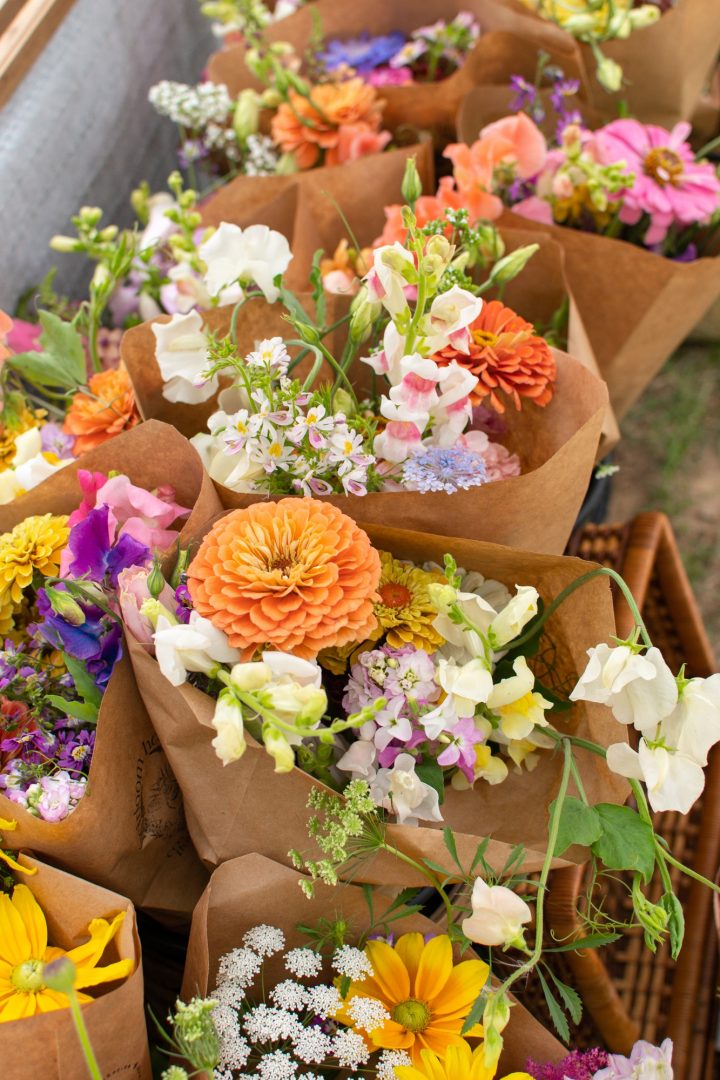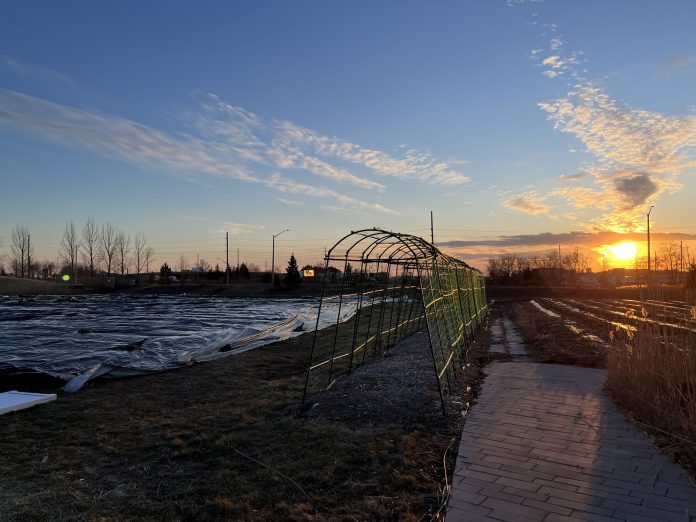The first colour to come to mind when talking about Valentine’s Day may be red, the colour of love. However, the climate crisis is likely to make the special day grey instead.
According to the “Statistical Overview of the Canadian Ornamental Industry,” Canada imported $137.8 million in cut flowers and buds in 2020.
With Valentine’s Day falling in one of the colder months, greenhouses around the world have to grow roses throughout the winter. This means using greenhouses to keep the safe from the cold while they grow.
According to the same report, the Netherlands provided Canada with majority of its holiday flowers.
The problem isn’t only with the plastic packaging and cellophane wrappers, but also with floral foam. Since the 1950s when Smithers-Oasis, an American floral product company invented floral foam, florists have been using it to keep their bouquets hydrated.
This means along with healthy flowers you’ll also get microplastics and chemicals.
The Royal Melbourne Institute of Technology published a survey and research paper on the downsides of floral foam in 2019 after a trend took over social media. People were crushing up floral foam, making ASMRs (autonomous sensory meridian response) and aesthetic videos of washing it down the drain leaving a big impact on the environment.
The microplastics in the blocks take thousands of years to degrade. Floral foam is made to not dissolve in water, but it does break down into smaller pieces. This spreads the microplastics and toxic chemicals like phenol-formaldehyde into the environment.
Durham College does its best to keep their flowers and produce from becoming a danger to the climate, which is why the Barrett Centre at DC Whitby campus is focused on sustainable urban agriculture.
Kelly O’Brien, the associate dean of the Faculty of Hospitality and Horticultural Science at the Whitby Campus, says having a restaurant on campus that focuses on field-to-fork thinking, encourages them to use use that same mindset when growing flowers.
“-flowers that are within our gardens are meant to be for pollinators to help grow food. We have an acre as well, and we don’t use pesticides per se. And if we do it’s very little, but predominantly we don’t,” O’Brien says.
Their goal is to reduce agricultural waste on campus by 90 per cent. The students live by a waste hierarchy system, which is a close looped field to field structure. O’Brien says that composting is their last option.
“I remember thinking we should have our own cut flowers, like we should be able to grow flowers, cut and put them in the restaurant,” she says.
So, she started bringing her own hydrangeas from home until the college started its first green house. This led to having flowers at every table, and using the pollen for produce.
The tagline for Bistro 67 is “more food coming from within our communities.” O’Brien says it should be the same with flowers.

In Pickering, Heather Moran, the owner of Heirloom Heather Eco-Conscious Flower Farm uses only natural inputs for her flowers, like cover cropping. This is when another crop is used to smother weeds and help control pests and diseases.
“I make sure I’m not using any pesticides or any sprays. I like to component plants to try to like and encourage nature to kind of balance out when it comes to pest pressure,” she says.
Moran is conscious of where she buys from when she must outsource flowers, leaning on local farmers as much as possible. She tries to avoid the truck loads and planes full of roses coming from outside of Canada as much as possible.
“Yeah, all the roses and stuff are sprayed with so many pesticides. It’s just it’s ridiculous the chemicals that they have to put on them in order to get them across the borders and stuff,” says Moran.

She uses biodegradable packaging, info cards and cornstarch stickers to make her bouquets completely compostable.
With the global floral market expected to grow to almost $54 billion by 2032 from $35.6 billion today, according to a study by Spherical Insights, considering the environmental footprint of Valentine’s Day is likely to become more important than ever.




